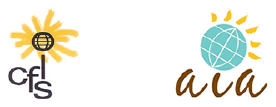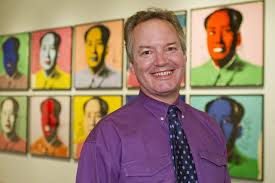Andrew Connors, Albuquerque Museum
November 13, 2016
From the sublime to the almost ridiculous, Quito, Ecuador houses some of the most spectacular and interesting museums in the Western Hemisphere. Because the entire old city of Quito has been named a UNESCO World Heritage Site, there is little need to ever enter a formal museum to experience the splendor of the colonial heritage of South America. From the pre-conquest collections, gold treasury, and rich Spanish Colonial collections of the National Museum to the touristy, and scientifically questionable “Mitad del Mundo” or middle of the world exploration center, Quito offers great opportunities for education and enlightenment. Our virtual tour will also focus on some of the lesser known art museums of the city such as the privately owned Casa del Alabado, featuring pre-conquest art, and the Museo Guayasamín and the neighboring Capilla del Hombre created by 20th century expressionist painter Oswaldo Guayasamín.
Andrew Connors is Curator of Art at the Albuquerque Museum. Previously he served as Chair of the Visual Arts Department at Albuquerque Academy, as Senior Curator at the National Hispanic Cultural Center in Albuquerque, and as Associate Curator at the Smithsonian American Art Museum where he developed collections and exhibitions on Hispanic, Latino, Native American, and Folk Art. He studied Art History and Architecture at Yale University and pursued his PhD in Folklore and American Studies at George Washington University. He has curated dozens of exhibitions primarily in the areas of United States Latino Art, Colonial Art from Puerto Rico, Contemporary art, and Graffiti. He is currently working on an exhibition and book on the history of jewelry in New Mexico from prehistory to the present, the first exhibition in a series of medium-focused historical survey exhibitions on New Mexican art which will include ceramics and textiles. As a lecturer, guest teacher, or consultant, he has worked with numerous organizations including the National Gallery of Art, Smithsonian Office of Folklife Programs, Institute for Latino Studies at the University of Notre Dame, Chicano Studies Department at the University of California Los Angeles, Getty Center for Education in the Arts, and the Royal Government of Bhutan.
Supported by Sandia National Labs and Haverland Carter Lifestyle Group

